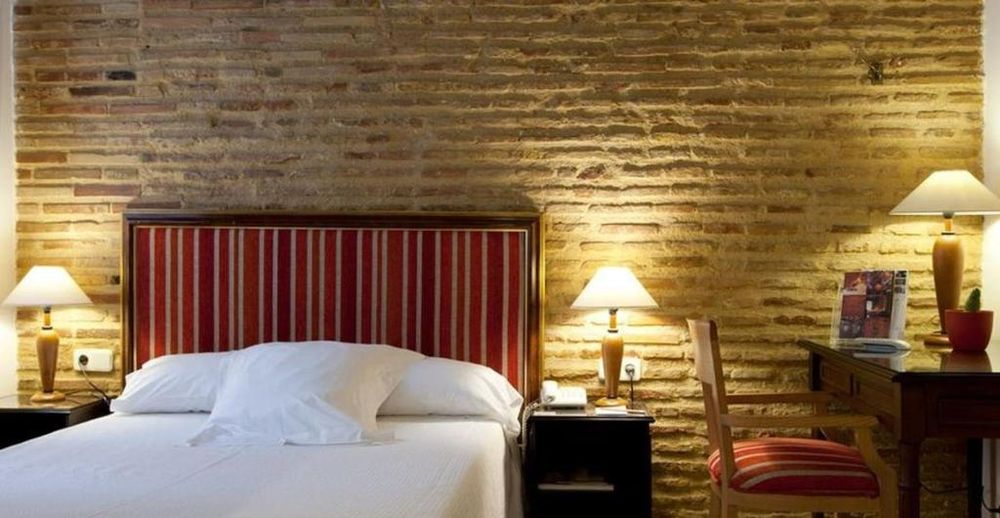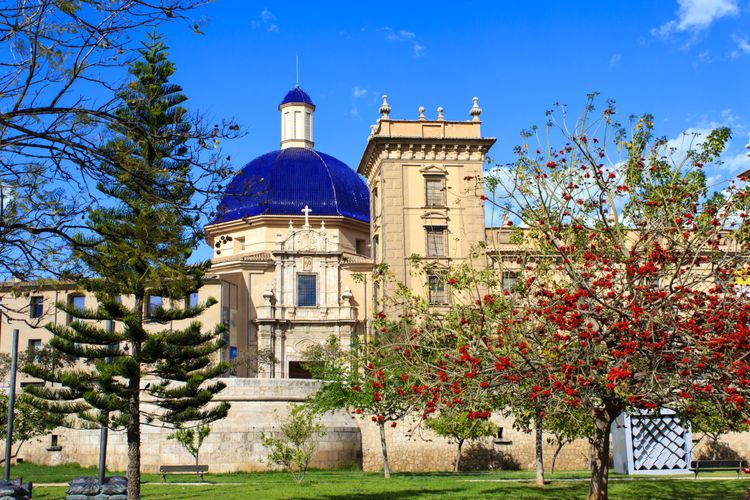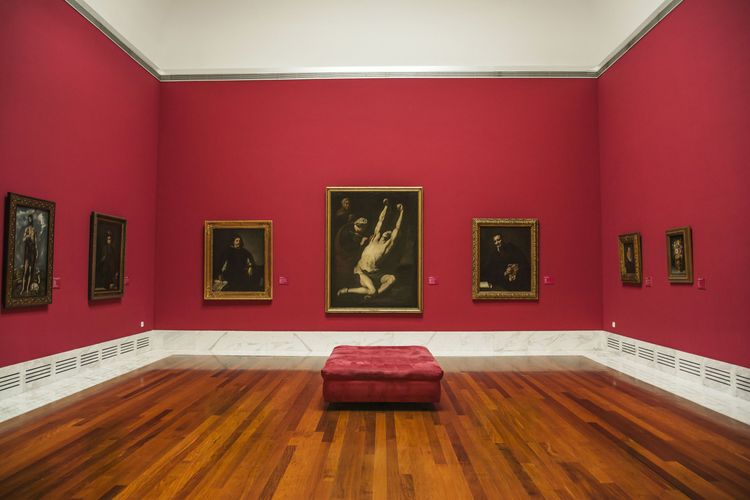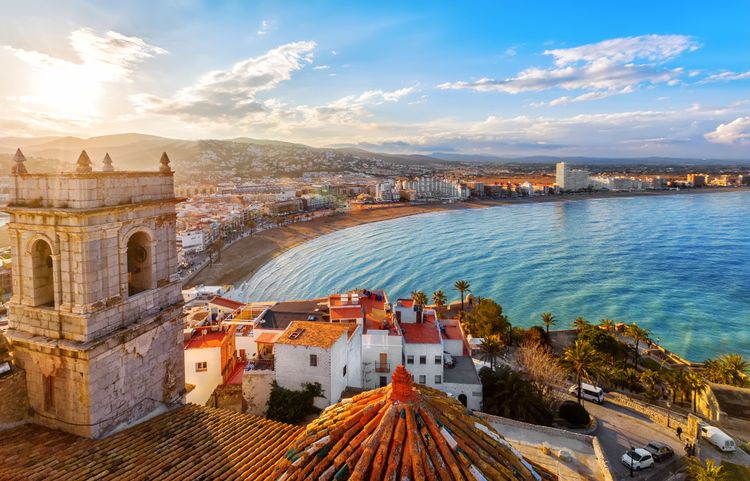Valencia's Museum of Fine Arts, also known as the Museu de Belles Arts de València, was founded in 1913 and is housed in a 17th-century Baroque building that was originally the San Pío V College-Seminary, founded in 1683 by the Archbishop of Valencia, Friar Juan Tomás de Rocabertí. The building has had a number of uses throughout its history, including a cadet academy, a charitable home, an army supply shop and a military hospital, until it was chosen as the home of the Museum of Fine Arts, which was created by bringing together various art collections from religious and civil institutions. Since its creation, the museum has undergone extensions and renovations to become the second largest art gallery in Spain.
 Valencia
Valencia








